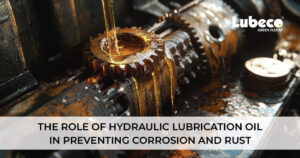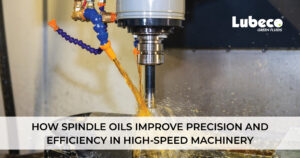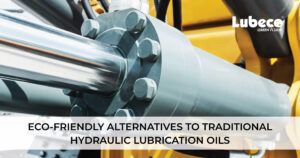Introduction:
Grinding hard metals is a complex process that requires precision, efficiency, and attention to detail. One crucial element in this process is the use of cutting fluids. Cutting fluids are specifically designed to cool the workpiece and the grinding wheel, reduce friction, flush away chips, and improve the overall performance of the grinding operation. However, the impact of cutting fluids on the performance while grinding hard metals is a topic of significant interest and debate. In this blog post, we will explore the effects of cutting fluids on grinding performance, highlighting both the advantages and potential drawbacks.
Importance of Cutting Fluids in Grinding:
Before delving into the effects of cutting fluids, it is important to understand their primary functions in the grinding process. Grinding hard metals generates substantial heat due to the friction between the workpiece and the grinding wheel. Cutting fluids act as coolants, dissipating this heat and preventing thermal damage to both the workpiece and the grinding wheel.
Additionally, cutting fluids serve as lubricants, reducing friction and minimizing wear on the grinding wheel. They also help in flushing away the chips and debris produced during the grinding process, maintaining a clean grinding zone. Furthermore, cutting fluids can improve the surface finish of the workpiece and increase tool life, leading to enhanced productivity and cost efficiency.
Effects of Cutting Fluids on Grinding Performance:
Heat Dissipation: Cutting fluids play a crucial role in heat dissipation during grinding. Heat can cause changes in the metallurgical properties of the workpiece, such as surface hardening or softening, residual stresses, and microstructural alterations. By providing cooling, cutting fluids help to minimize these undesirable effects, resulting in improved dimensional accuracy, reduced workpiece distortion, and enhanced part quality.
Tool Life and Performance: Cutting fluids can significantly impact the tool life and performance of the grinding wheel. Proper cooling and lubrication reduce the temperature at the cutting edge, preventing excessive wear and extending the tool life. The use of cutting fluids also helps to maintain the sharpness of the abrasive grains, leading to improved material removal rates and reducing the need for frequent wheel dressing or replacement.
Surface Integrity: The presence of cutting fluids can have a positive influence on the surface integrity of the workpiece. When grinding hard metals, the application of cutting fluids can help to minimize the formation of surface defects such as burns, cracks, or metallurgical changes. This results in improved surface finish, reduced rework, and enhanced product quality.
Environmental Considerations: While cutting fluids offer various benefits, it is important to consider their environmental impact. Traditional cutting fluids often contain chemicals that can be harmful to human health and the environment. These fluids may release volatile organic compounds (VOCs) and pose disposal challenges. However, advancements in cutting fluid technology have led to the development of environmentally friendly alternatives, such as water-based or synthetic fluids, which reduce these concerns.
Potential Drawbacks of Cutting Fluids:
While cutting fluids offer numerous advantages, there are some potential drawbacks to consider:
Cost: Cutting fluids can add to the overall cost of the grinding process. The purchase, disposal, and maintenance of cutting fluids require additional investment. However, it is essential to evaluate these costs in relation to the benefits gained, such as increased tool life and improved productivity.
Health and Safety Risks: Traditional cutting fluids often contain chemicals that can be hazardous to human health. Exposure to these fluids through skin contact, inhalation, or ingestion can pose health risks. Proper safety measures, including the use of personal protective equipment (PPE) and adequate ventilation, should be implemented to mitigate these risks. Choosing safer cutting fluid alternatives can also help minimize health hazards.
Environmental Impact: As mentioned earlier, some cutting fluids can have adverse environmental Environmental Impact (continued): As mentioned earlier, some cutting fluids can have adverse environmental effects. Traditional cutting fluids may contain toxic substances that can contaminate soil and water if not properly handled or disposed of. These fluids can contribute to pollution and harm ecosystems. However, modern cutting fluids have been developed with a focus on reducing environmental impact. Water-based or synthetic fluids offer lower toxicity and improved biodegradability, minimizing the ecological footprint associated with grinding operations.
Process Optimization Challenges: The selection and optimization of cutting fluids for grinding hard metals can be a complex task. Different metals, grinding operations, and working conditions may require specific types of cutting fluids. Finding the right balance between cooling, lubrication, and chip removal can be challenging. Additionally, the compatibility of cutting fluids with machine components and other materials used in the process needs to be considered. Adequate research and expertise are necessary to optimize the cutting fluid selection and parameters to achieve optimal grinding performance.
Conclusion:
Cutting fluids play a crucial role in grinding hard metals by providing cooling, lubrication, chip removal, and improving overall performance. The proper use of cutting fluids can enhance heat dissipation, extend tool life, improve surface integrity, and contribute to a high-quality end product. However, there are potential drawbacks such as cost, health and safety risks, and environmental concerns associated with traditional cutting fluids. Nevertheless, advancements in cutting fluid technology have led to the development of safer and more environmentally friendly alternatives.
When considering the use of cutting fluids, it is essential to evaluate the specific requirements of the grinding operation, the material being processed, and the desired outcomes. Conducting thorough research, consulting with experts, and implementing appropriate safety measures are crucial for optimizing the use of cutting fluids and maximizing grinding performance while minimizing potential drawbacks.
Ultimately, by striking a balance between the benefits and drawbacks, and by employing responsible practices, cutting fluids can significantly contribute to the efficiency, productivity, and quality of grinding hard metals while minimizing the impact on human health and the environment.










